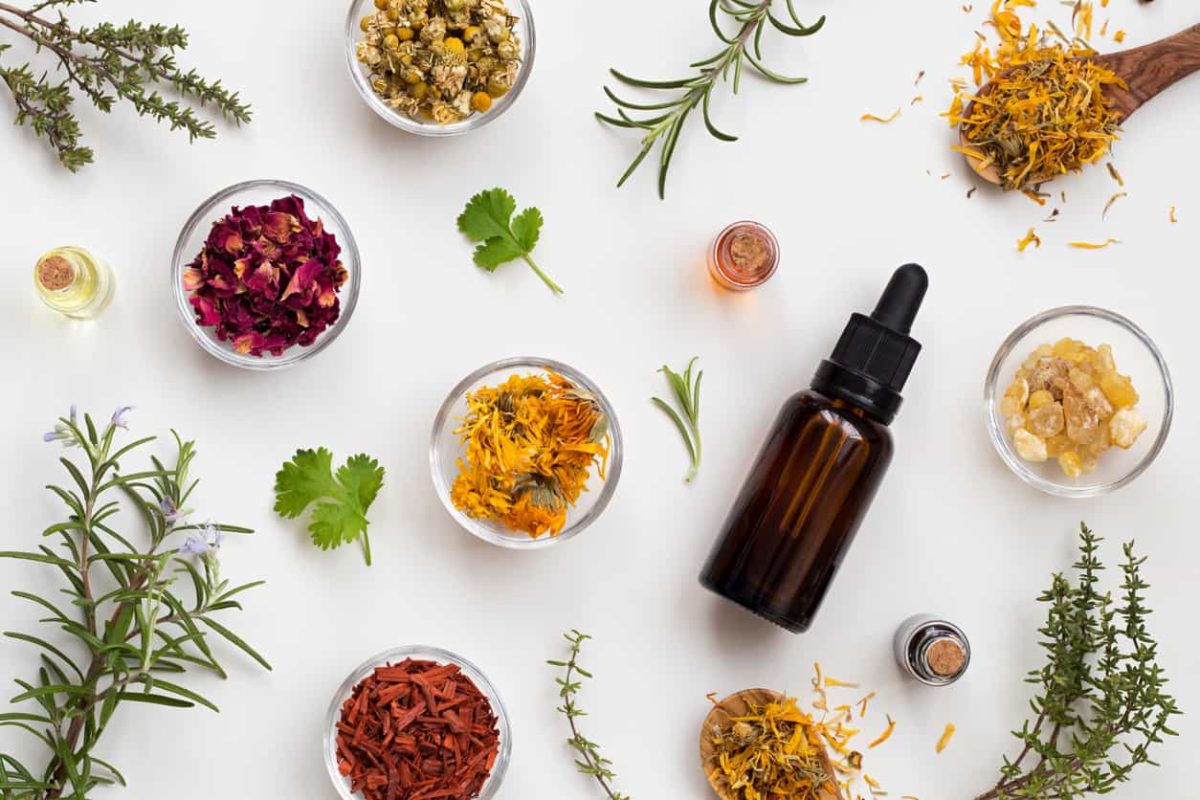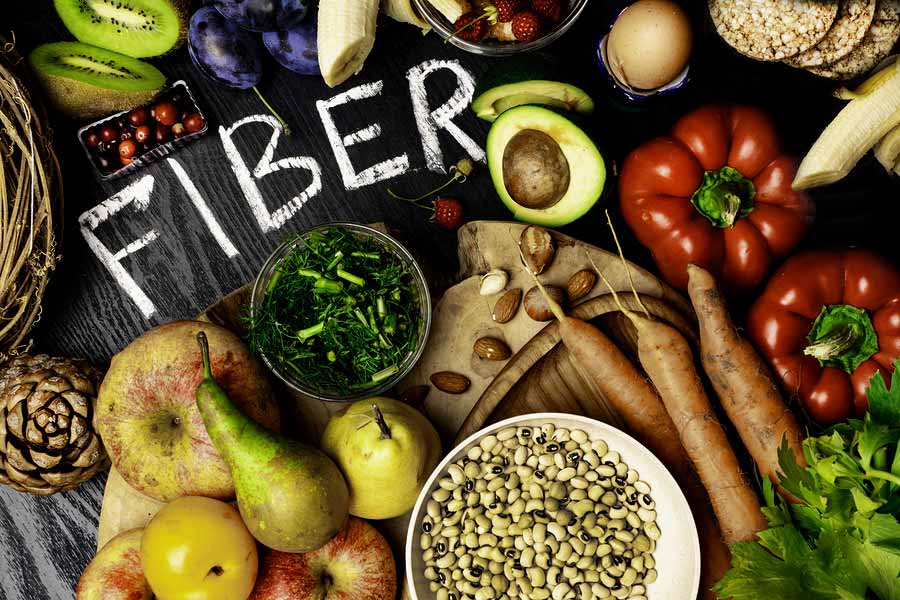So your doctor told you that you have high cholesterol and maybe handed you a prescription for a cholesterol-lowering drug. But it’s not that simple. A pill is only part of the equation when it comes to getting your cholesterol levels on track. In fact, cholesterol management requires a big-picture treatment plan that includes several important lifestyle changes.
Factors That Affect Cholesterol Management
If you have high cholesterol, there could be a number of possible reasons behind it. Maybe your diet is high in saturated fats and low in fruits and vegetables. Or maybe you’re not getting enough exercise. While simple, these common risk factors are not always easy to remedy.
The first step is making lifestyle changes to reduce the level of cholesterol that’s in your blood and keep more from building up in your arteries and forming dangerous plaque. That starts with:
Making dietary changes. It’s important to monitor how much fat you consume and limit your intake of saturated fats in particular. When you have high cholesterol, you need to limit the amount of cholesterol in your diet to 200 milligrams per day. You’ll also need to monitor your sodium intake — not just what comes out of the salt shaker, but what’s already in packaged foods. Learn to read labels, and don’t consume more than 2,400 mg of sodium per day.
Watching your blood pressure. High blood pressure is another heart disease risk factor, so pay attention to your numbers. A healthy diet and exercise will also help keep blood pressure under control, but check it regularly and make sure it’s no higher than 120/80 mmHg.
Getting active. Exercise is essential for heart health and lowering cholesterol levels. Aim for at least 30 minutes of exercise on as many days of the week as you can, although doing a little bit every day is best. Keep a log of how much you exercise to make sure you’re meeting your goals.
Sticking to a healthy body weight. If you’re obese or overweight, losing weight will help with your cholesterol management plan.
Quitting smoking. Smoking is a huge risk factor for both high cholesterol and heart disease, so start a plan to quit — and finish it.
Sticking With Your Cholesterol Management Plan
Now that you know what’s involved in cholesterol management, it’s time to create your plan for making these changes and sticking with them. It may look simple on paper, but these are big changes that will take a little getting used to. Try these tips to help you stay on track and on time getting to better health:
Take your medication. Make sure that you understand how much you’re supposed to take and how often, and any special instructions such as taking them with food or extra water. Set a time every day to take your medication, such as with a meal or when you get up in the morning, and mark the calendar each day after you do it.
Create a meal plan. Get a heart-healthy cookbook or look up recipes on Web sites. Mealtime can still be fun and food still an adventure — just healthier. Make a grocery list of healthy foods to stock up on, and don’t stray down the chip or cookie aisle. Stick to your list so you’re not tempted to fall back into unhealthy eating habits.
Exercise with a buddy. When you just want to relax on the couch, a workout buddy can motivate you to go for a walk or bike ride, or play a game of tennis. Joining a gym or signing up for fitness classes may also give you an extra boost of motivation, and a fitness schedule can help keep you on track.
Set weight loss goals. It’s easier to lose weight if there’s something you’re working toward, like an end goal. Figure out how much weight you want to lose, and set a reasonable schedule. Don’t try to lose 20 pounds in a month and then get discouraged when it doesn’t happen. A pound or two a week is a steady, manageable weight loss that will pay off over time, and stay off, too.
Lowering your high cholesterol and reducing your risk of heart disease requires comprehensive change. It’s not about going on a diet; it’s about changing your unhealthy habits to healthy ones. And once you’ve made these changes and brought down your high cholesterol level, you’ll get to keep practicing those healthy habits for a long time to come.












